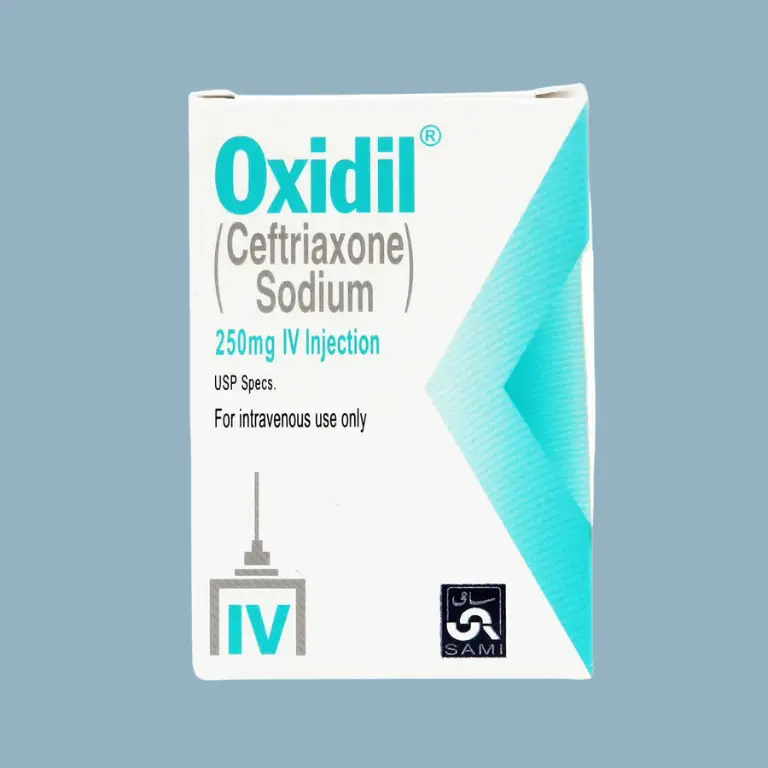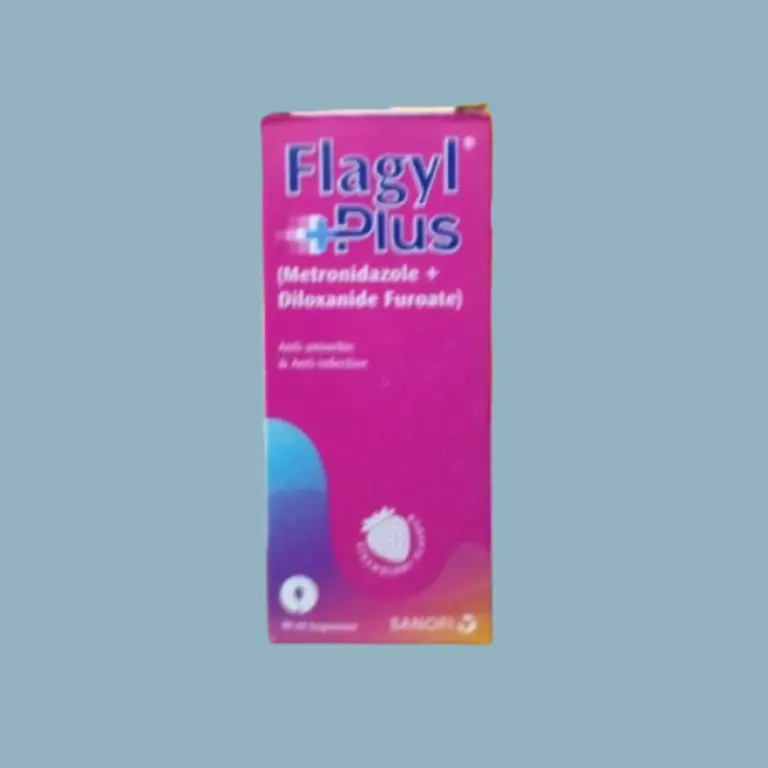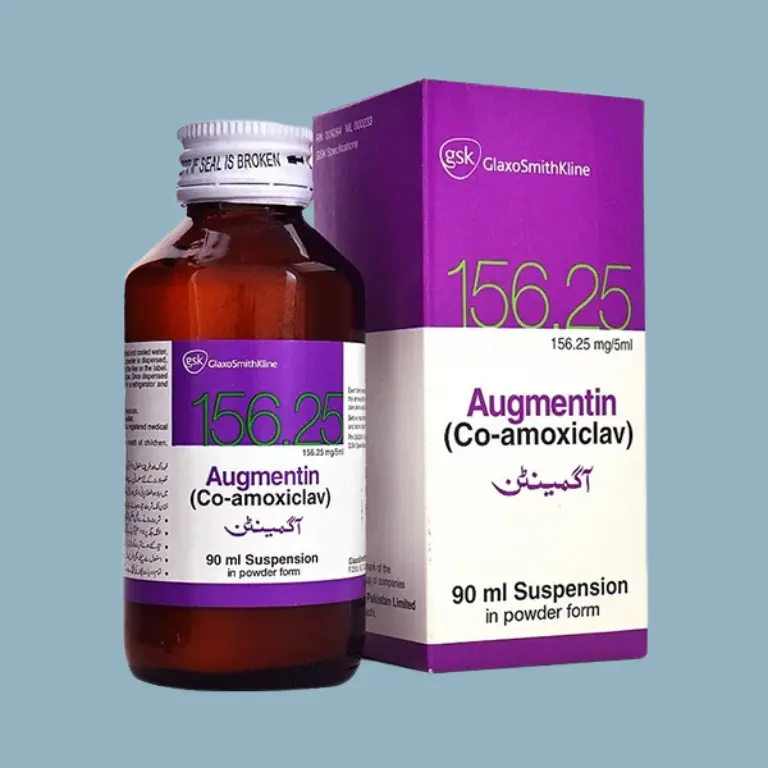Description
Oxidil 250mg IV Injection (Ceftriaxone): Antibiotic for Serious Bacterial Infections – Intravenous Administration
Oxidil 250mg IV Injection is a sterile, injectable antibiotic containing Ceftriaxone, a potent third-generation cephalosporin. It is used to treat a wide range of serious bacterial infections when intravenous (IV) administration is necessary for rapid and effective delivery of the medication. IV administration allows the antibiotic to reach the bloodstream directly, bypassing the digestive system, which can be crucial in severe cases.
Can ceftriaxone injection be given IV?
Yes, ceftriaxone can be administered intravenously (IV). Oxidil 250mg IV Injection is specifically formulated for this route of administration. It can also be given intramuscularly, but this description focuses on IV use.
What is ceftriaxone 250mg injection used for?
Ceftriaxone, the active ingredient in Oxidil 250mg IV Injection, is a broad-spectrum antibiotic effective against a wide range of bacterial infections, including:
Lower Respiratory Tract Infections: Pneumonia, bronchitis.
Urinary Tract Infections: Complicated UTIs, pyelonephritis.
Skin and Soft Tissue Infections: Cellulitis, wound infections.
Bone and Joint Infections: Osteomyelitis, septic arthritis.
Intra-abdominal Infections: Peritonitis.
Bacterial Meningitis: Inflammation of the membranes surrounding the brain and spinal cord.
Septicemia: Blood poisoning caused by bacteria.
Surgical Prophylaxis: To prevent infections after certain surgical procedures.
How do you prepare ceftriaxone for IV infusion?
Preparing ceftriaxone for IV infusion should only be done by a trained healthcare professional in a sterile environment. The specific steps may vary slightly depending on the product and available equipment but generally involve:
Reconstitution: The powdered ceftriaxone in the vial is reconstituted with a compatible sterile diluent, such as Sterile Water for Injection, 0.9% Sodium Chloride Injection, or 5% Dextrose Injection. The volume of diluent used will depend on the desired concentration.
Further Dilution: For IV infusion, the reconstituted solution is often further diluted in a larger volume of a compatible IV fluid, such as 0.9% Sodium Chloride or 5% Dextrose, in an IV bag.
Administration: The diluted solution is then administered slowly through an IV line, typically over 30 minutes.
It is crucial that this process is carried out by qualified medical personnel to ensure sterility, proper dosage, and safe administration.
Oxidil 250 mg Injection Uses, Oxidil injection 500mg uses, oxidil injection uses:
The uses of Oxidil 250 mg IV Injection are the same as those listed above for ceftriaxone 250mg. Oxidil 500mg would be used for the same type of infections, the dosage being adjusted by the doctor.
Oxidil injection dose in child:
The dosage of Oxidil IV Injection for children must be carefully calculated by a doctor based on the child’s weight, the specific infection being treated, and its severity. Never administer this injection to a child without a doctor’s prescription and guidance. The dose will be different for IV and IM administration.
oxidil injection side effects:
Common side effects of Oxidil IV injection may include:
Pain, swelling, or redness at the injection site (less common with IV than IM)
Diarrhea
Nausea
Rash
Elevated liver enzymes
Eosinophilia
Thrombophlebitis
Serious side effects are rare but can occur. These may include allergic reactions, severe diarrhea (pseudomembranous colitis), and blood disorders. Report any unusual or severe side effects to your doctor immediately.
Important Considerations:
Prescription Only: Oxidil 250mg IV Injection is a prescription medication and should only be administered under the direct supervision of a healthcare professional.
Allergies: Inform your doctor about any known allergies, especially to cephalosporin or penicillin antibiotics.
Medical History: Disclose your full medical history and any other medications you are taking to your doctor.
Proper Administration: This injection should be prepared and administered by a trained healthcare provider to ensure sterility, proper dosage, and safe administration.
Ensure proper treatment and seek guidance from a healthcare professional before purchasing or using Oxidil 250mg IV Injection.






Reviews
There are no reviews yet.